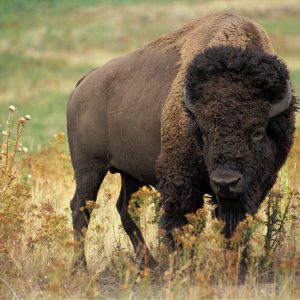Manage the health and condition of horses in different situations. Identify signs of poor condition and address those problems appropriately. Understand the things that can stress a horse and increase its susceptibility to problems. Know how to manage situations (eg. events, travel, weather) to minimise risk. This course complements Horse Care I & II, but will also stand alone.
E-Learning Structure
The duration of this online course is 100 hours. This consists of 6 in-depth lessons:
- Blankets, Bandages & Boots
- Maintaining The Health Of Horses
- Clipping, Trimming & Plaiting
- Travelling & Care Of The Horse Away From Horse
- Organising & Managing A Horse Event
- Managing A Horse Enterprise
Course Aims
- Explain the uses of a horse blanket in a specified locality.
- Evaluate three different types of horse blankets, in terms of various factors, including: *price *application *quality *longevity.
- List five situations when bandages are used on a horse.
- Describe the methods of bandaging horses, as listed above.
- Demonstrate the use of bandages on horses in two specified situations.
- Explain the different reasons why boots are used on horses.
- Describe the use of boots on a horse in two specified situations.
- Define terms used in the health care of horses.
- Describe the symptoms of five common ailments in horses.
- Develop a checklist for evaluating the health of a horse.
- Evaluate the health, using the checklist developed above, of a chosen horse.
- Describe, in an illustrated report, how to take a horses temperature.
- List the minimum components and their uses, of an equine first aid kit for two different specified situations.
- Explain different horse restraining techniques, including the use of: *stalls *twitch *sidelines *crushes *hobbles.
- Determine the criteria which must be satisfied before, and during, the isolation of a horse.
- Explain why the isolation procedure is used in a specific situation.
- Describe the use and maintenance of tools and equipment required for preparation of a horse for showing.
- Demonstrate plaiting using a fibre comparable to horse’s hair.
- Compare the differences in showing under saddle, with showing on the halter.
- Write a plan for the preparation of a horse for showing, in a specific competition.
- List the situations where a horse might need to be transported.
- Explain the different methods of transporting a horse with respect to: *impact on the animal *equipment required *costs.
- Prepare a set of guidelines for the care of a horse during travel.
- Prepare guidelines for the care of a horse at a specified show.
- Plan appropriate procedures for the transportation of a horse, for two different situations, in terms of: *a timetable of events *husbandry tasks to be carried out *a list of equipment and materials required.
- List the factors influencing the success of different types of events in the horse industry, including: *Shows *Races *Competitions.
- Determine the minimum first aid facilities which should be provided for horses, riders and spectators at a specified type of event.
- Prepare a plan for managing a specified type of horse event.
- Write a report analysing the management of a nominated event in your locality.
- Evaluate the management of a horse event, such as a show, competition or race; with reference to: *organisation *promotion *success (or failure) of the event.
- Determine the factors affecting the profitability of two different specified horse enterprises visited by you.
- Calculate the different costs involved in maintaining a specified breed/type of horse over one year, including: *manpower *agistment *feed *veterinary needs *transport *tack.
- Evaluate three different systems for marketing horses in your locality.
- Determine innovative marketing methods for different horse industry situations, including: *Stud services *Yearling sales *Riding instruction.
How Does A Warnborough Online Course Work?
You can start the course whenever is convenient for you. You will be studying from home and have access to support from our qualified tutors. Practical exercises and research tasks will be set at the end of each lesson – including an assignment. You will submit this assignment to your course tutor, who will mark your work and give you constructive feedback and suggestions.
If you have any questions please contact us.





